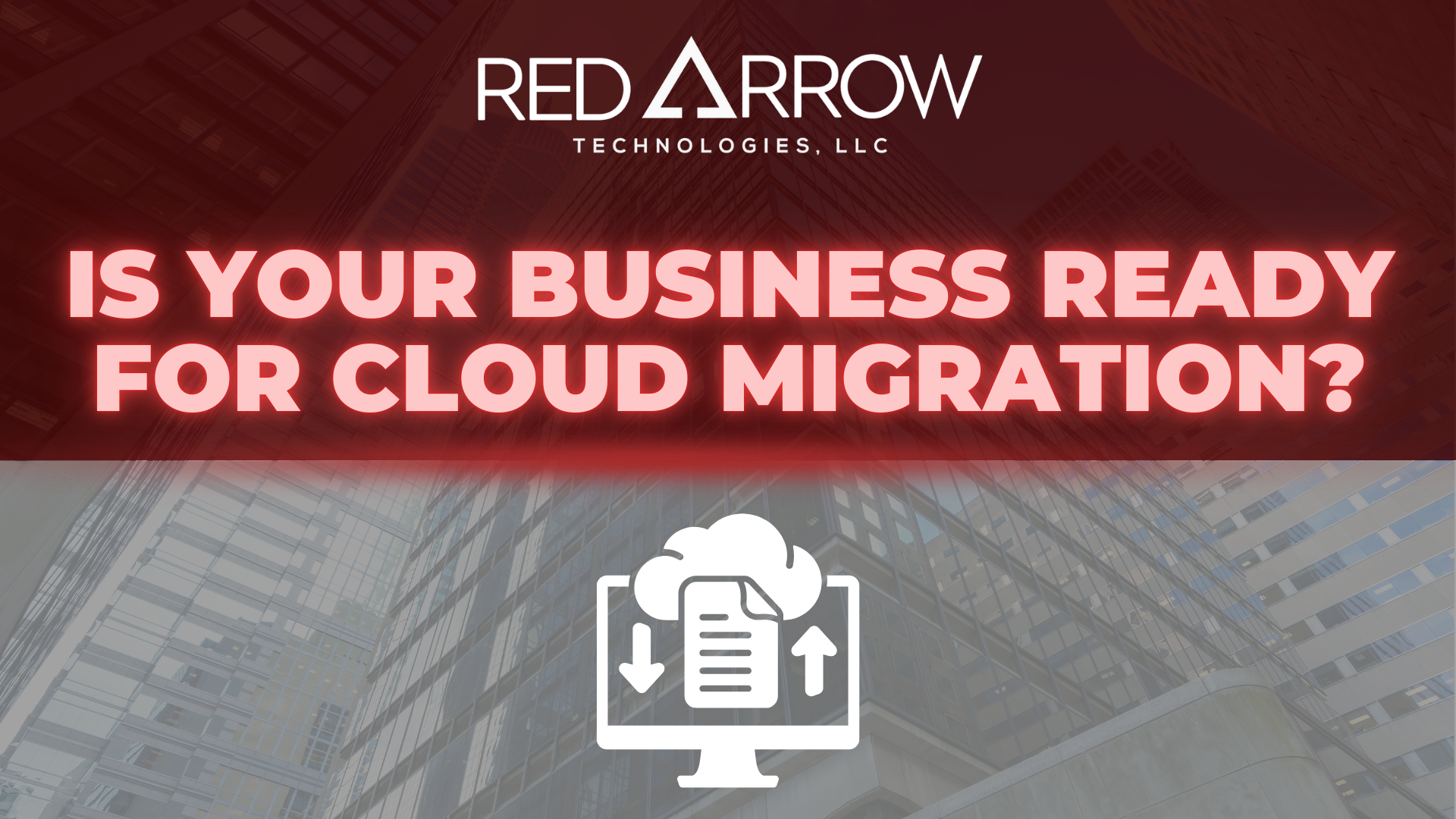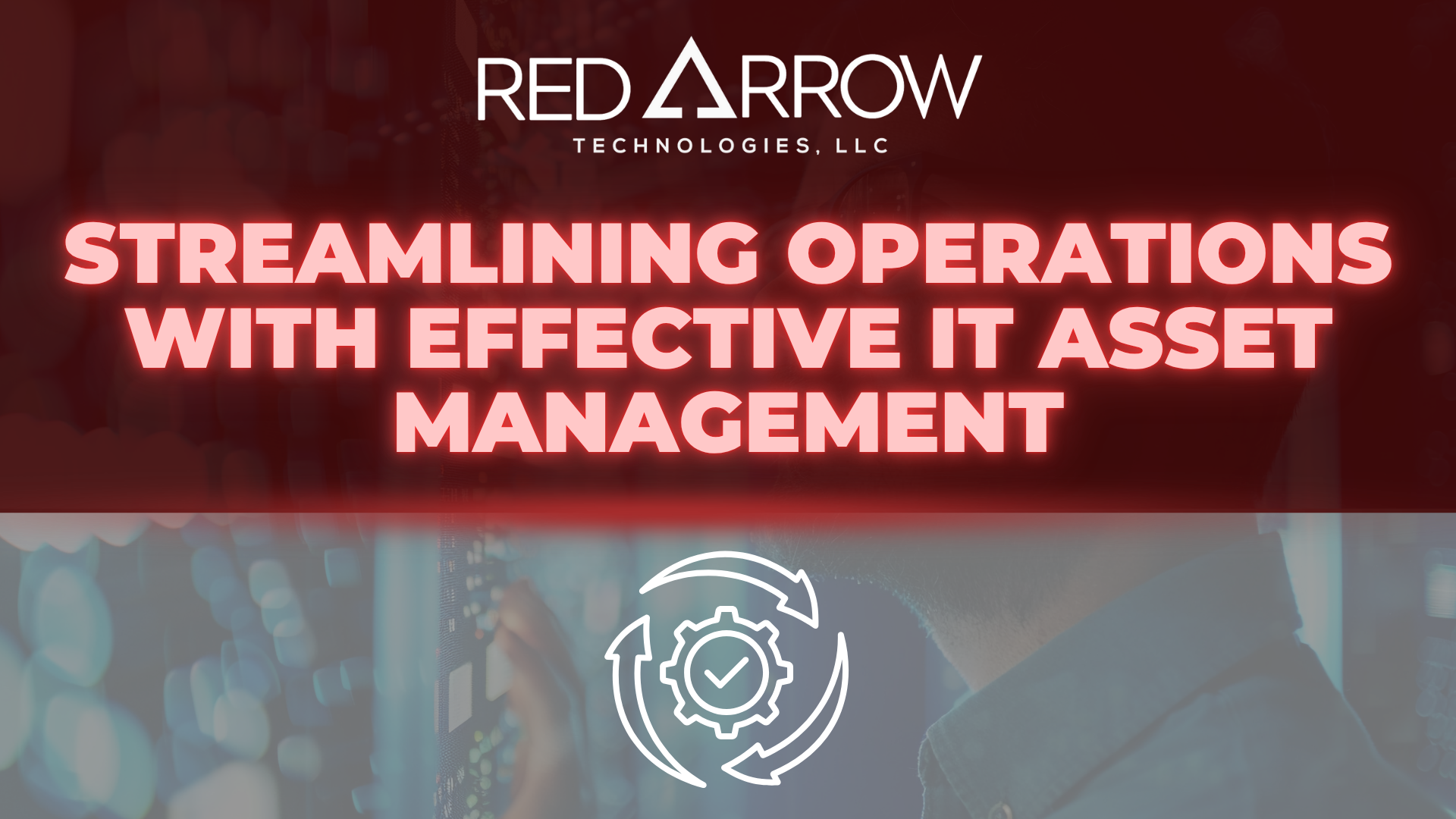In the past, moving everything to the cloud seemed like a risk. Now? It’s a blueprint for scalable expansion, operational efficiency, and ensuring the future of IT expenditures. But before you change your infrastructure plan, you need to secure your cloud migration readiness.
There is more to moving to the cloud than just lifting and shifting. Every part of your business will change, from software stacks to security structures to how your team works together. How can you tell if your company is ready to move forward?
Let’s discuss what “readiness” means, how to approach transitioning to the cloud, and why doing it right can be worth the extra work.
Cloud Migration Readiness: More Than Just Tech
You’re not alone if your infrastructure remains a patchwork of outdated servers and temporary workarounds. But your hardware isn’t the only thing that needs to be ready for this cloud shift. Your tools, people, workflows, and goals must be in sync.
A Gartner poll found that 75% of IT leaders said failed cloud adoptions were due to poor planning and a lack of a cloud strategy. Without a roadmap, you are simply transferring problems from on-premises to off-site.
Here’s what actual readiness looks like:
- Clarity of business objectives: Is your migration supporting faster innovation? Cost control? Enhanced security?
- Assessment of current workloads: Are your apps cloud-native, or will they require rearchitecting?
- Security and compliance needs: Do you operate in regulated industries? What are your encryption, backup, and audit requirements?
- Cultural buy-in and team capability: Do your internal teams have the knowledge and support to operate in a cloud-first model?
There’s no need to know everything immediately but figuring out what you don’t know helps you avoid making mistakes that will cost you considerably later.
The Path to Transitioning to Cloud Environments
Transitioning to cloud environments can feel like changing an airplane’s engine in the middle of the trip. However, with a deliberate approach, it becomes a series of attainable objectives rather than a massive transformation.
1. Discovery & Assessment
Visibility is key at this time. List all the apps, databases, storage, dependencies, performance measures, and costs currently in your IT infrastructure. In this case, tools like Azure Migrate or AWS Migration Hub can be helpful, but human analysis is still critical.
2. Define the Cloud Strategy
Are you moving everything to the cloud or starting with a hybrid approach? Are you going to use any as-a-service modules? Your plan should consider the business’s needs and the technology’s limitations.
3. Choose the Right Cloud Environment
You can choose between public, private, or a hybrid. Every one of them has implications. For instance, a recent study from CSA found that 57% of businesses are using multiple cloud services for their as-a-service needs. This choice will depend on your business, the regulations you must comply with, and your growth plans.
4. Plan the Migration
Divide your cloud adoption into steps, starting with low-risk apps. Pilot exercises can help find problems early on and boost confidence. Intelligent scheduling will help you keep downtime to a minimum and help you make a rollback plan in case something goes wrong.
5. Optimize Post-Migration
The work doesn’t end once your workloads are in the cloud. You’ll need to monitor performance, fine-tune cost management, and train teams to use cloud tools effectively.
Benefits of Moving to Cloud-Based Solutions
What about the payoff? In addition to cutting back on IT expenses, the benefits of moving to cloud-based solutions are below.
- Agility and Speed: Introduce new services in hours rather than weeks. Development teams can quickly set up new settings when they need to.
- Scalability on Demand: It’s easy to change the capacity of your system when you apply usage-based models. That’s essential for businesses that are seasonal or that are growing instantly.
- Enhanced Security and Resilience: Cloud service companies, including Microsoft and AWS, spend billions of dollars on security. This can be safer than most on-premises settings if managed properly.
- Cost Efficiency: A study by McKinsey in 2024 found that companies that improved their cloud design cut their overall IT spending by up to 40%.
- Better Collaboration and Remote Access: Cloud platforms give distributed teams unified access, tools for working together in real time better uptime. This is key to company stability, not just IT value.
Steps to Prepare Your Business for Cloud Migration
You want your business to be ready to go, but how do you know for sure? Here are some smart steps to prepare your business for cloud migration:
- Get stakeholder alignment early. Everyone from CFOs to DevOps teams should understand the “why” behind the migration.
- Train your team. Consider enhancing your cloud knowledge by engaging in classes, certifications, or hands-on labs, rather than presuming you already possess it.
- Clean house. Use migration as an opportunity to retire outdated apps and eliminate redundant data.
- Review Service Level Agreements (SLA) and compliance policies. Knowing what your cloud service does and doesn’t cover is essential.
- Pilot and iterate. Start small. Learn and scale. It’s better to be cautious and practical than fast and chaotic.
These steps aren’t just technical; they’re vital to the business. Migration allows you to make IT more aligned with your long-term goals.
Ready to Start? Red Arrow Technologies Can Help
Cloud migration isn’t a trip, it’s a process. However, it can give your company speed, security, and strategic growth if you use it correctly.
Red Arrow Technologies is here to help you whether you’re just starting to think about whether your business is ready to move to the cloud or already planning the steps you need to take. We help medium-sized to large companies plan, carry out, and improve cloud migrations that produce observable results.
This future could be safe, flexible, and ready for whatever comes next. Contact Red Arrow Technologies immediately to set up your Cloud Readiness Assessment.



